60 TPI vs 120 TPI MTB Tires – Which Performs Better?
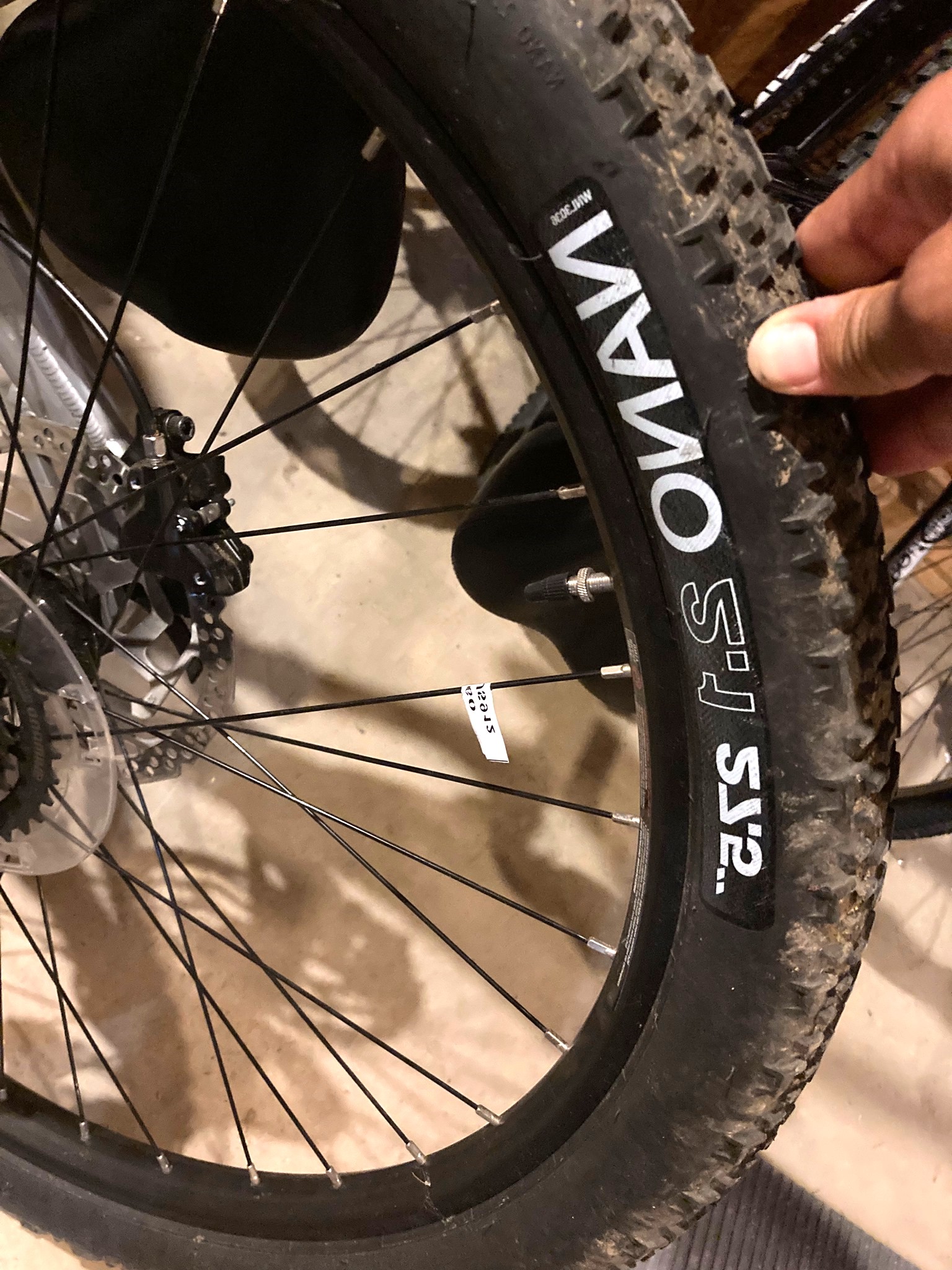
As an affiliate, we may earn from qualifying purchases. We get commissions for purchases made through links on this website. You can read more on our Affiliate Disclaimer here.
Are you constantly seeking ways to enhance your mountain biking experience?
If so, you’ve probably come across the debate of 60 tpi vs 120 tpi mtb tires.
This heated discussion divides riders who staunchly defend their preferred options.
The primary difference between 60 tpi and 120 tpi tires is their construction. 60 TPI tires prioritize durability and puncture resistance, making them well-suited for challenging terrains. Conversely, 120 TPI tires feature finer, more supple casings, ideal for smooth surfaces. The choice depends on the rider’s terrain and preferences.
With this comprehensive comparison, you’ll learn the crucial differences among these TPI options, helping you choose the right one. So, Prepare for an exciting journey through mountain biking technology.
Let’s roll on!
Overview Of 60 TPI MTB Tires
Choosing MTB tires with 60 TPI (threads per inch) is a robust and durable option for off-road adventures. Its nylon casing provides exceptional puncture resistance and abrasion protection.
Their robustness makes them ideal for downhill and mountain biking riders who need stability and support.
With a rugged construction, these tires are puncture-resistant and well-suited for aggressive riding styles. They provide stability and protection on challenging terrain, although some comfort may be sacrificed.
For riders tackling rough trails, they are an excellent choice due to their weight-bearing capacity. Compared to higher TPI tires, 60 TPI tire pressures are stiffer and less flexible.
As a result, your ride may need to be more comfortable. Ultimately, you should choose the tire that suits your riding style and needs.
Positive and Negative Aspects Of 60 TPI- You Need To Know!
Now, I would like you to consider some of the positives and negatives of 60 TPI so that you can understand it better. Let’s take a look!
| Positive Aspects | Negative Aspects |
| Exceptional durability | Stiffer ride and less comfort |
| Stable and supportive for aggressive riding | Heavier than higher TPI tires |
| High puncture resistance | Slightly higher rolling resistance on smooth surfaces |
| Suitable for heavier loads | |
| Resistant to damage | |
| Reliable off-road performance | |
| Cost-effective | |
| Repairable in case of punctures |
Overview Of 120 TPI MTB Tires
A 120 TPI (Threads Per Inch) tire is a premium cycling tire distinguished by its intricate thread weaving.
The treads are made from lightweight, flexible materials such as nylon, contributing to the tire’s performance.
With 120 TPI, the tire casing becomes thinner and more supple, helping it closely conform to the road surface. It enhances grip and traction on smoother surfaces, resulting in a smoother ride.
120 TPI tires excel in comfort and agility but may not be as puncture-resistant or durable as lower TPI options.
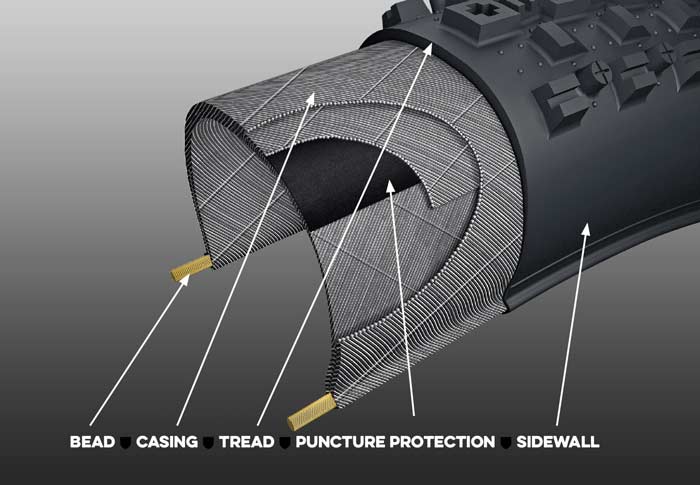
Positive and Negative Aspects Of 120 TPI- You Need To Know!
For a deeper understanding of 120 TPI, I will discuss some of its positives and negatives. Here we go!
| Positive Aspects | Negative Aspects |
| Lightweight construction | Less durable, especially on rugged terrains |
| Exceptional suppleness for a smooth ride | Not well-suited for aggressive riding or racing |
| Enhanced grip and traction on smoother terrains | More prone to punctures and flats |
| Superior comfort and responsivenessIdeal for road cycling | |
| Easier to mount and dismount | |
| Suitable for trails with rocks and roots | |
| Offers a luxurious riding experience | |
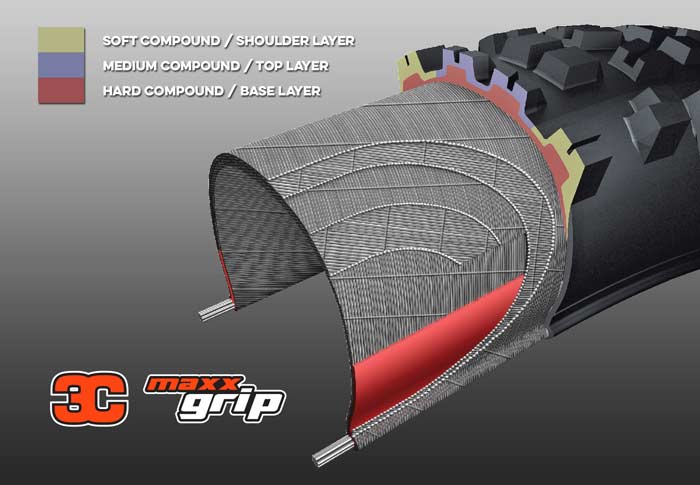
60 Tpi vs 120 Tpi Mtb Tires- Comparison Chart
We have put together a comparison table of the two most popular TPI MTB tires on the market. This informative chart highlights the key differences between mtb tire 60 vs 120 tpi.
Here’s the chart for a better overview:
| Feature highlights | 60 TPI MTB Tires | 120 TPI MTB Tires |
| Construction | Cornering, speed | Supple with finely woven threads |
| Physical appearance | Too heavy | Lighter, thinner |
| Puncture Resistance | High | Lower |
| Comfort | Moderate comfort | Exceptional comfort |
| Performance | High mileage | Conrnering, speed |
| Rolling Efficiency | Moderate rolling resistance | Smoother rolling |
| Durability | Excellent durability | Less durable on rough terrain |
| Ideal Terrain | Off-road and rugged trails | Road cycling and non -non-aggressive |
| Riding Style | Aggressive and rugged riding | Road cycling and non-aggressive |
| Ease of Mounting/Dismounting | Somewhat harder | Easier |
| Best Suited For | Heavier riders, rough terrain | Enthusiasts, smoother terrains |
| Price Range | Usually more affordable | Premium pricing |
What Difference Does TPI Make?- Mtb Tire 60 vs 120 Tpi
Generally, the thread count of a tire is crucial to its performance and characteristics. In fact, the choice between 60 vs 120 tpi Maxxis can significantly affect your riding experience.
Whether you seek rugged durability or a more comfortable ride, understanding the impact of TPI on your tires is key to making the right decision. Let’s have a deep discussion!
Construction:
They have a coarse construction, with 60 threads per inch. The threads are typically made of nylon and are woven together to create a robust tire structure.
Their robustness is further enhanced with a substantial rubber layer. As a result, they can handle rough terrain and obstacles.
In contrast, 120 TPI tires boast a much finer construction with 120 threads per inch in the casing. These threads are usually made of lightweight materials like nylon.
Due to the reduced material used, the tire casing is thinner and more supple. It prioritizes flexibility and responsiveness over ruggedness.
On well-maintained roads and trails, they are often preferred by road cyclists.
Physical Appearance:
When you look at 60 TPI tires, you’ll notice that they tend to have a bulkier and more robust appearance.
This bulkiness primarily stems from their thicker casing, reinforced with a substantial rubber layer.
With a substantial rubber layer, tires have a more rugged profile and a greater volume.
On the other hand, 120 TPI tires are more streamlined and sleek. In higher TPI tires, thin casings are a characteristic feature of the aesthetic difference.
The finer construction and reduced rubber content result in a thinner tire profile. As a result, 120 TPI tires exude an air of elegance and sophistication.
Puncture Resistance
One of the standout features of 60 TPI tires is their high puncture resistance. This attribute makes them exceptionally suitable for rugged terrains and aggressive riding styles.
Riding challenging trails with sharp rocks, thorns, and other potential hazards, often choose 60 TPI tires.
Conversely, 120 TPI tires are less puncture-resistant. Due to this, they are comparatively more prone to flats on rough surfaces.
Despite being thinner and with reduced rubber content, 120 TPI tires prioritize flexibility and comfort.
Comfort
In terms of comfort and vibration absorption, 60 TPI tires offer a moderate level of comfort. Although they may not ride as plush and smooth as higher TPI tires, they are durable and comfortable.
It is suitable for riders who prioritize the durability and ruggedness of their tires over a luxurious ride.
On the other hand, 120 TPI tires excel in comfort. Their thinner casing absorbs vibrations more effectively, producing a smoother and plush ride.
This tire suits riders seeking luxury and comfort, especially on well-maintained roads.
Performance
Tires with 60 TPI are ideal for aggressive and rugged riding styles. They provide stability, support, and reliability when navigating rocky trails, root-laden paths, or off-road obstacles.
Most riders who enjoy downhill mountain biking, technical trails, or off-road riding wear 60 TPI tires.
Alternatively, 120 TPI tires are ideal for road cycling and non-aggressive off-road riding.
They offer a seamless connection between rider and road, allowing for a more enjoyable riding experience.
Durability:
60 TPI tires are highly durable and known for their robust construction. Riders prioritizing longevity and reliability will be an excellent choice for rough conditions and challenging terrains.
They offer a longer lifespan with the ability to endure aggressive off-road riding.
When subjected to rough terrain, 120 TPI tires are less durable. They are better suited for smoother surfaces and well-maintained roads.
Due to the finer construction and thinner casing, the tire may be more susceptible to cuts, punctures, and damage. These tires prioritize comfort and performance over ruggedness and longevity.
Best Suited For:
Tires with 60 TPI are well suited to heavier riders who put more stress on their tires. Suitable for rough and challenging terrain, including technical off-road paths and rocky trails, these tires are the best.
Cyclists who value comfort and responsiveness prefer 120 TPI tires. They are best suited for riding on smooth, well-maintained terrains, such as paved roads and groomed trails.
Price Range:
60 TPI tires are generally more affordable, making them more accessible to riders of different budgets. With them, you can get durability and performance at a budget-friendly price.
Due to their advanced construction and emphasis on comfort and performance, 120 TPI tires are expensive. They are higher-end tires catering to cyclists willing to spend more on cycling.
Is 60 TPI or 120 TPI better?
To be honest, the choice between 60 TPI and 120 TPI MTB tires depends on your riding style and terrain. Even though 60 TPI and 120 TPI are both widely used options, each offers unique advantages.
If you’re a mountain biker or prefer riding on rough terrain, 60 TPI might be the better choice. This tire’s lower thread count offers increased durability and puncture resistance.
Besides, there is more space between threads, which reduces the possibility of flats. Moreover, 60 TPI tires tend to have thicker sidewalls, providing a tougher construction.
On the other hand, if you’re a road cyclist seeking speed and efficiency, 120 TPI might be more suitable. With its higher thread count, this tire provides enhanced flexibility and responsiveness on smooth pavement.
The closer spacing between threads allows for better grip during cornering and acceleration.
In short, the “better” option depends on whether you value durability and ruggedness (60 TPI) or comfort and smoothness (120 TPI).
Does Higher TPI Mean Better Quality?
Not exactly! Higher TPI doesn’t universally indicate better tire quality. A higher TPI tire offers more comfort, while a lower TPI tire prioritizes durability. However, the tire quality depends on individual preferences.
Usually, there is a common debate about thread per inch (TPI) when choosing cycling tires. Many believe that a higher TPI means better quality, but is that true?
A higher TPI suggests finer threads and a more supple casing, but this doesn’t always equate to better performance.
In fact, the ideal TPI varies depending on the type of riding and road conditions.
In rough terrain, a tire with a lower TPI may offer greater puncture resistance and stability. In contrast, professional racers often prefer higher TPI tires because they prioritize speed and grip.
In the end, you should consider your specific riding preferences and needs when choosing tires.
Related Article: 23mm vs 25mm tires
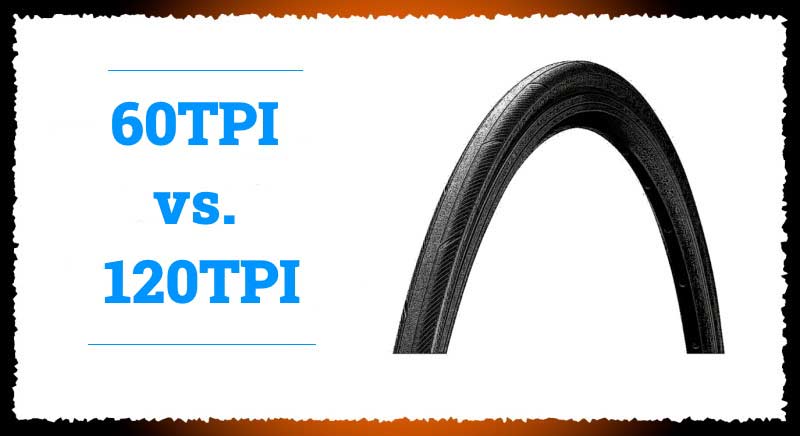
Does TPI Affect Rolling Resistance?
Yes, TPI affects rolling resistance in bike tires. In fact, higher TPI counts in tires, such as 120 TPI or more, contribute to better handling and reduced rolling resistance.
A tire’s thread per inch (TPI) is often correlated with its ability to handle various road conditions. Typically, 120 TPI tires have a more supple casing with finer threads, reducing rolling resistance.
It makes them perfect for road cycling and smoother surfaces, where less resistance means faster riding.
In contrast, lower TPI tires (such as 60 TPI) have a coarser construction. It makes the tires stiffer and increases their rolling resistance, slowing down the bike.
In this way, the choice of TPI affects speed and energy efficiency.
60 tpi or 120 tpi casing options
When considering 60 TPI (Threads Per Inch) vs. 120 TPI casing options for tires, you’re essentially comparing two different levels of tire construction quality, performance, and intended use. Here’s a breakdown of the differences and potential advantages of each:
60 TPI Casing
- Durability: Tires with a 60 TPI casing tend to be more durable and resistant to punctures due to the thicker threads used in the casing. This makes them suitable for rougher terrain or more demanding conditions where puncture resistance is a priority.
- Weight: These tires are generally heavier than their 120 TPI counterparts, which can affect the bike’s overall weight and possibly its handling characteristics.
- Price: Tires with 60 TPI casings are often less expensive than higher TPI options. This makes them a good choice for budget-conscious riders or those who prioritize durability over performance.
- Ride Quality: The ride might be perceived as less supple compared to higher TPI tires due to the thicker casing, which can lead to a slightly rougher ride.
120 TPI Casing
- Performance: Tires with a 120 TPI casing are designed for higher performance. They typically offer better rolling resistance and a more supple ride, improving comfort and efficiency, especially at higher speeds or over longer distances.
- Weight: These tires are lighter, which can contribute to a lower overall bike weight, potentially improving acceleration and climbing performance.
- Suppleness: The higher thread count allows for a more flexible casing, which can conform to the road or trail surface better, improving traction, handling, and ride comfort.
- Price: Higher TPI tires are often more expensive due to the increased material quality and manufacturing precision required. They are typically chosen by more performance-oriented riders.
Choosing Between 60 TPI and 120 TPI
The choice between 60 TPI and 120 TPI casings depends on your specific needs and preferences:
- For rough or off-road conditions, or if you’re looking for durability and are less concerned about weight or rolling resistance, a 60 TPI casing might be the better choice.
- For racing, long-distance riding, or if you prioritize performance and comfort over ultimate durability, a 120 TPI tire could offer the advantages you’re looking for.
Consider what’s most important for your riding style and conditions—whether it’s durability, performance, or a balance of factors—and choose accordingly.
FAQs on 60 TPI vs 120 TPI MTB Tires
What does TPI mean in MTB tires?
TPI stands for Threads Per Inch, indicating the number of threads in a square inch of the tire’s casing. A higher TPI means the threads are finer and more closely packed, affecting the tire’s weight, flexibility, and overall performance.
How does the TPI affect MTB tire performance?
Higher TPI (120) tires are generally lighter and more supple, offering better traction and a smoother ride on varied terrain. Lower TPI (60) tires are more durable and puncture-resistant, suited for rough trails and conditions where reliability is key.
Are 120 TPI tires better than 60 TPI for all mountain bikers?
Not necessarily. The best choice depends on your riding style, preferred terrain, and priorities such as performance versus durability. Racers and performance-focused riders might prefer the suppleness and lower weight of 120 TPI tires, while recreational riders or those tackling rugged terrain might value the durability of 60 TPI tires more.
Do 60 TPI tires offer better puncture protection than 120 TPI tires?
Generally, yes. The thicker threads in 60 TPI tires provide more resistance to cuts and punctures. However, many 120 TPI tires incorporate puncture protection layers that can also offer significant resistance to flats.
Is there a noticeable weight difference between 60 TPI and 120 TPI tires?
Yes, 120 TPI tires are typically lighter due to the finer threads and less rubber used in the casing. This can make a noticeable difference in the bike’s overall weight and handling, especially for riders concerned with climbing performance or acceleration.
Can I mix 60 TPI and 120 TPI tires on my mountain bike?
Yes, some riders choose to mix tire casings to balance performance and durability, such as using a 120 TPI tire on the front for better traction and handling and a 60 TPI tire on the rear for increased durability and puncture resistance.
How do I decide between 60 TPI and 120 TPI tires for my MTB?
Consider your typical riding conditions, performance needs, and budget. If you prioritize durability and are less concerned about weight, go for 60 TPI. If you’re looking for a performance edge, better traction, and a smoother ride, consider 120 TPI.
Do 60 TPI and 120 TPI tires require different air pressures?
Air pressure recommendations generally depend more on tire width, rider weight, and riding conditions than on TPI. However, because of their suppleness, 120 TPI tires might perform better at slightly lower pressures than their 60 TPI counterparts.
Are there significant price differences between 60 TPI and 120 TPI MTB tires?
Typically, 120 TPI tires are more expensive due to the higher manufacturing costs associated with the finer casing. However, prices can vary based on brand, model, and specific features like puncture protection technologies.
How does the choice between 60 TPI and 120 TPI tires affect maintenance and longevity?
Lower TPI tires may be more durable and require less frequent replacement in harsh conditions, potentially offering better long-term value for riders in rugged terrain. Higher TPI tires, while offering performance benefits, may wear out faster and require more careful maintenance to maximize their lifespan.
Conclusion
In the end, the 60 TPI vs 120 TPI mtb tires debate isn’t about a superior tire. It’s about matching the tire with your riding style and terrain.
Both have merits, and the perfect tire awaits, tailored to your unique mountain biking adventures.
Finding the right TPI requires testing and advice from experienced riders. Make sure you choose the right tire for your mountain biking needs before hitting the trails.
Choose carefully and let your tires enhance your cycling experience no matter where you ride.

Steven is a professional cyclist and his passion is cycling. He has been cycling for the last 6 years and he loves using bikes while outing as well. Based on his experiences with the different types of bikes; he is sharing his opinions about various bikes so that a beginner can start right away. Find him on Twitter @thecyclistguy Happy Biking.

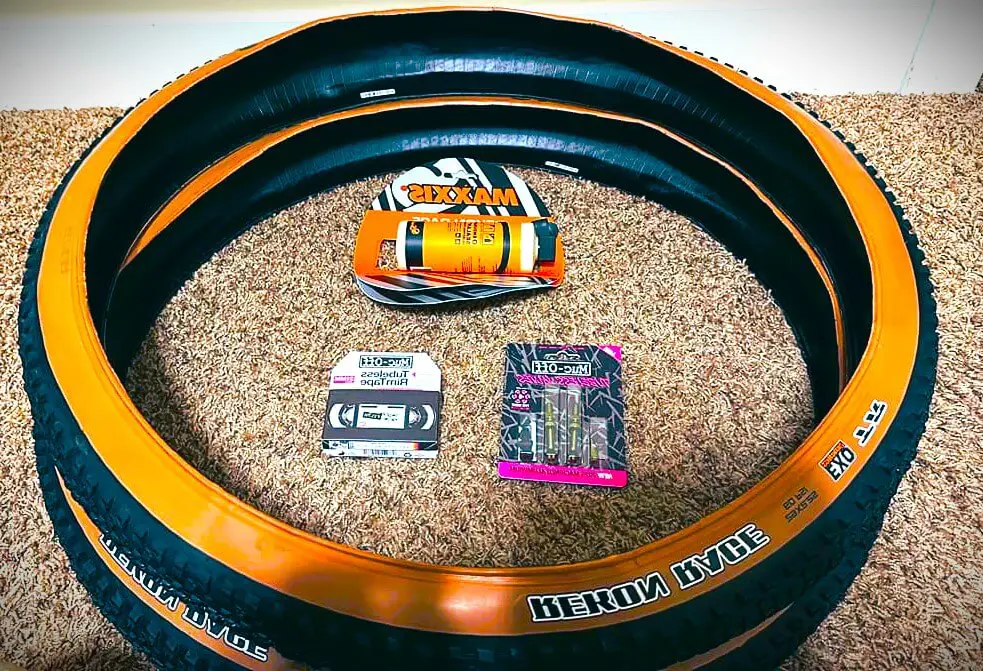

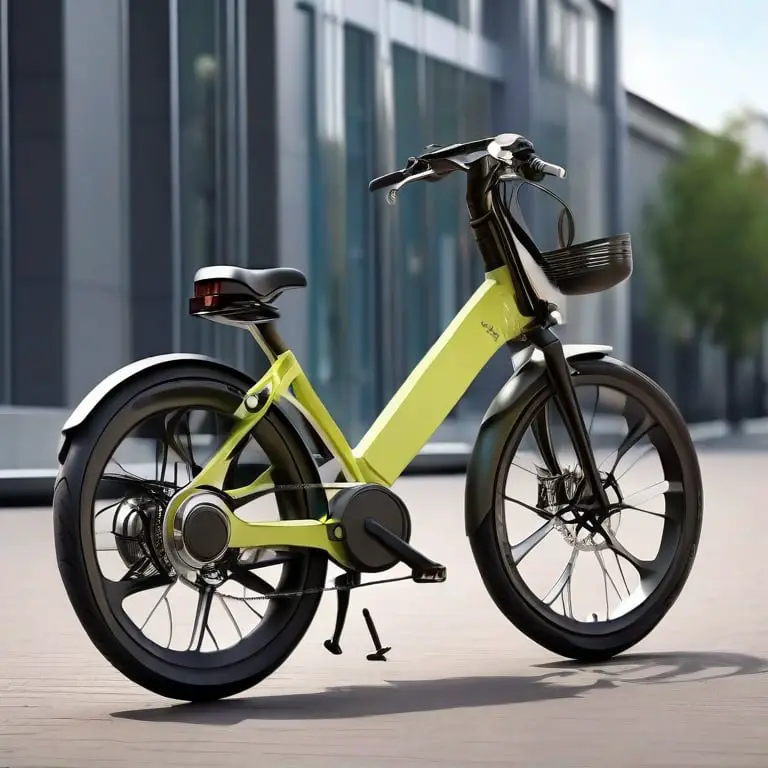

One response to “60 TPI vs 120 TPI MTB Tires – Which Performs Better?”
[…] Here, I’ll compare their performance, comfort levels, pros- and cons, and overall suitability for different types of terrain. So grab your helmet and uncover the mystery behind these two popular tire sizes! […]